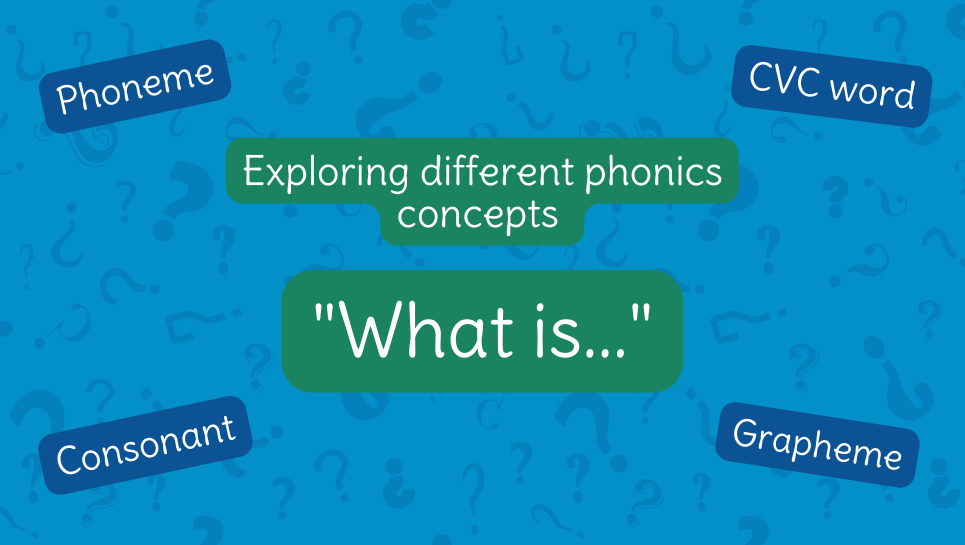In our ‘what is…’ series we’re taking things back to basics! From phonics to decoding, blending and more, we’re going to break things down and give you our expert advice on each area, to help answer any questions you may have around teaching reading.
***
What is a CVC word?
‘CVC’ is an acronym for ‘consonant-vowel-consonant’. It is used by educators as shorthand for the first words beginner readers will learn to read and spell. Example words are ‘sat’, ‘mop’, ‘hut’, ‘tip’, ‘pet’ etc.
Why are CVC words important?
It is important to know about and understand CVC words because this word structure (consonant-vowel-consonant) is used to teach absolute beginner readers to read and spell. We could start with VC words (vowel-consonant words like ‘at’, ‘in’, ‘on’ and ‘if’) but there are only a few words in English with this structure. Beginner readers need to apply their phonics skills to many words, so reading and spelling CVC words is the starting point in most phonics programmes.
CVC words include simple letter/sound correspondences: consonant sounds and the ‘short vowel’ sounds: /a/, /e/, /i/, /o/, /u/. This allows beginner readers to apply simple phonics knowledge to read CVC words successfully. The reader must recall these letter/sound correspondences for each letter in the word and blend the sounds together. This is decoding. For spelling, the learner must segment (separate) each sound in the word and represent it with a letter (symbol representing a sound of speech). This is encoding. These skills are the foundational skills of reading and spelling.
Once the reader has mastered reading and spelling CVC words they will progress to longer words and more complex letter/sound correspondences.


